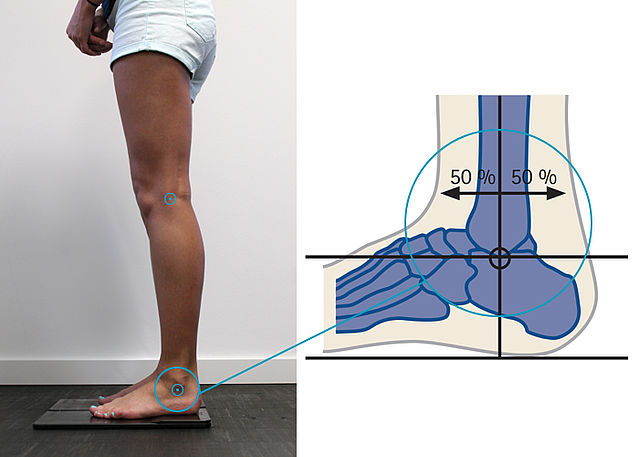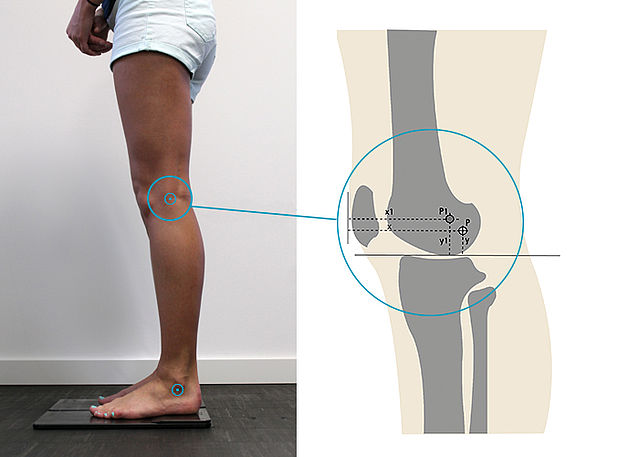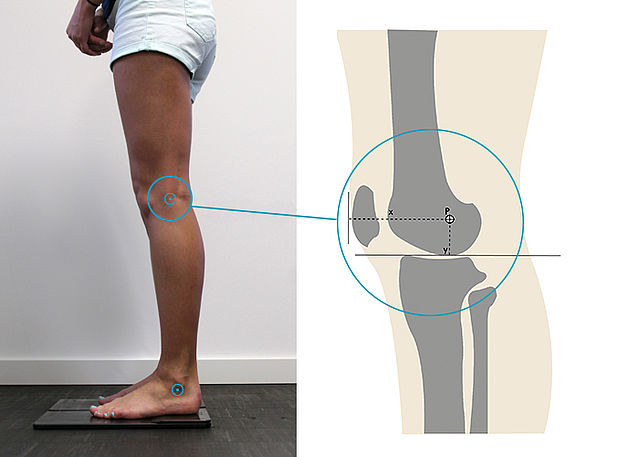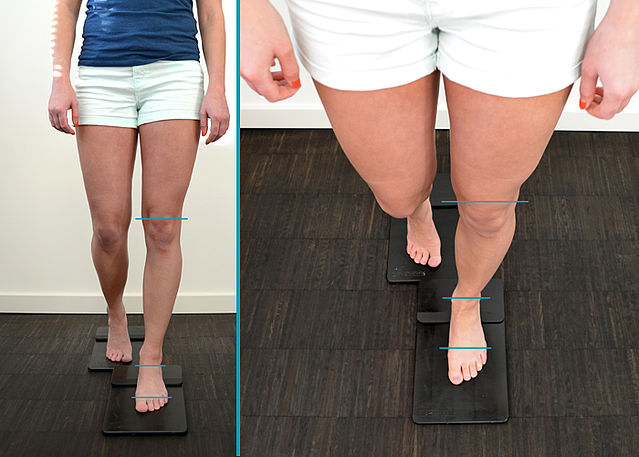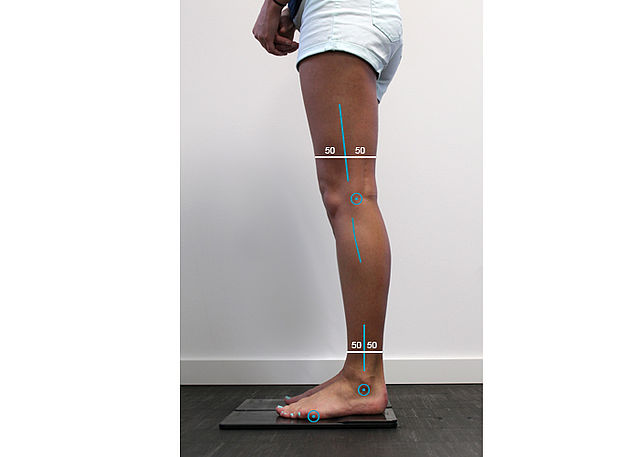Mechanical Pivot Points Orthotics
The position of the pivot points is essential for the orthosis' function and efficacy. You will find all relevant information about positioning the pivot points in the online tutorial. Apart from that, we recommend using the Orthosis Configurator which, based on patient data, calculates the mechanical pivot point at knee height.
In the next step Making the Negative Cast with e-Cast we demonstrate how to transfer the mechanical pivot points to the negative cast.
